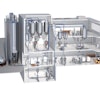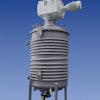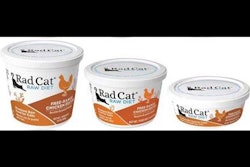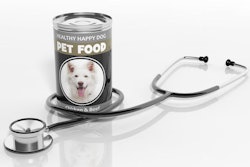
Scientists at Ludwig-Maximilians University in Munich, Germany and Texas A&M University in the United States examined excrement from dogs fed either bones and raw food (BARF) diets, also called biologically appropriate raw food, or commercial dry and wet foods. The researchers found different species of microbes in the feces of the two sets of dogs, reflecting differences in the intestinal microbiome, which is the community of bacteria and other organisms living in the dogs’ guts. The scientists also analyzed the nutrient content of the dogs’ diets using the same fecal samples.
The study “The fecal microbiome and metabolome differs between dogs fed Bones and Raw Food (BARF) diets and dogs fed commercial diets” was published in PLoS ONE.
Results of comparison between BARF and commercial diets
A total of 46 dogs were included in the study. The BARF group included 27 dogs, while 19 ate commercially available dog foods. Thirteen of these dogs ate dry kibble, three ate wet dog food, while three more ate a mixture of wet and dry.
BARF-fed dogs ate a significantly higher amount of protein and fat than the dogs eating commercial diets, according to the scientists’ analysis. The BARF group also ate significantly lower amount of fiber and nitrogen-free extract.
Using genetic analysis of ribonucleic acids in the feces, the scientists found a higher abundance of Lactobacillales, Enterobacteriaceae, Fusobacterium and Clostridium in the BARF group. Conventionally fed dogs had a higher abundance of Clostridiaceae, Erysipelotrichaceae, Ruminococcaceae and Lachnospiraceae.
Using polymerase chain analysis (PCR), the scientists found significantly larger populations of Escherichia coli and Clostridium perfringens in the BARF group.

















